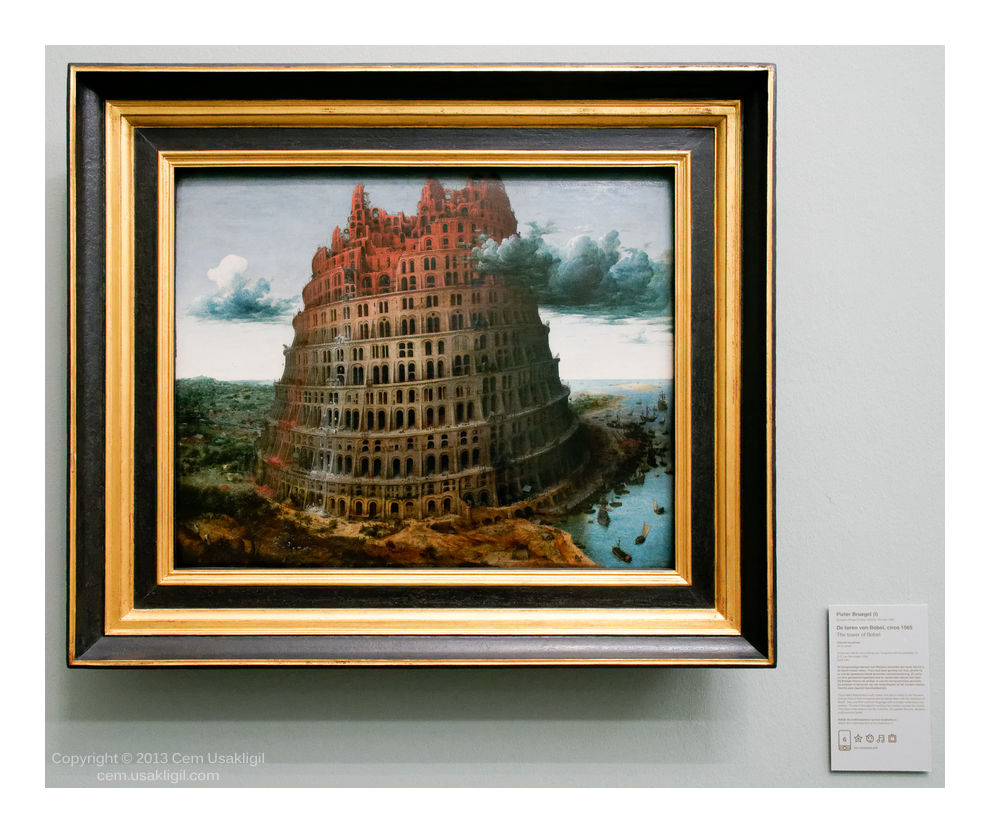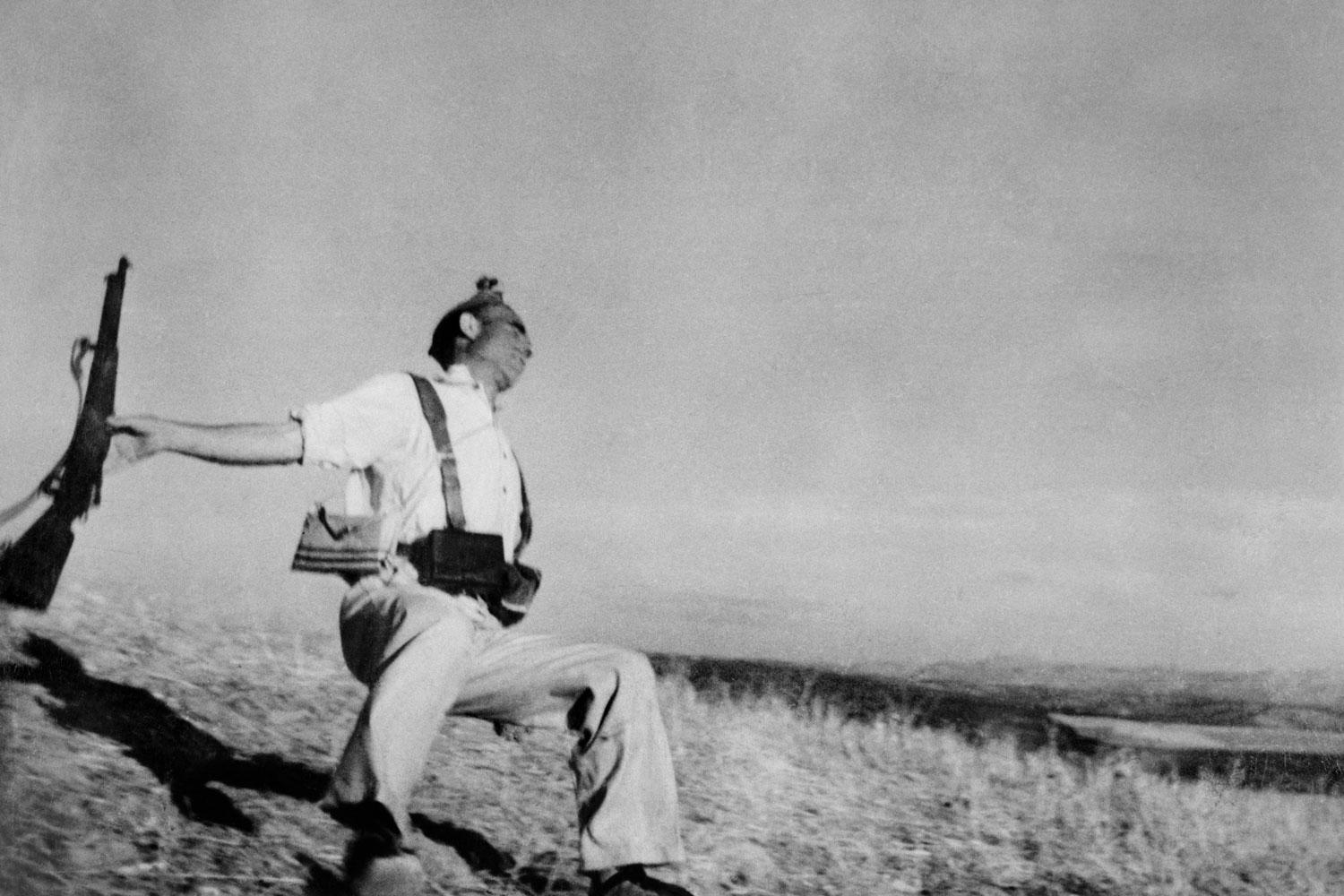Michael Nagel
Well-known member
Well - EVF was not an option during his lifetime, so this question is pure speculation.Interesting… but isn't framing and "moment of pressing the shutter" part of it? …photography isn't only related with images that one has the time to direct all parameters and shoot the scene… Plenty of great shots have been made by "photographer instinct" to have "forced" the direction in a split of a second… ("why?" - the title that it was published) of R.Kappa is a good example… and I don't think that would have been ever shot by using an EVF…
Besides that this photo is a bad choice to demonstrate framing like the reference Jerome cites suggests while there are other sources who dispute the authenticity of it.
Otherwise I would not consider the majority of war photos during the action (shudder) as apt example for framing because the photographer has a few other priorities during his work, like surviving...
So if for you the viewfinder lag, which is besides the colors, luminosity and DR differences the other main difference to optical viewfinders, is something that impedes your capability to catch a specific moment, then don't use it.
But elevating a personal preference to a general discussion and presenting the (apparent/felt) lack of great pictures taken using a relatively new technology (Which professional will actually advertise the type of viewfinder used?) as litmus test for the usefulness of this technology - I do not agree.
Use it or don't and strive for great pictures in both cases
Best regards,
Michael









